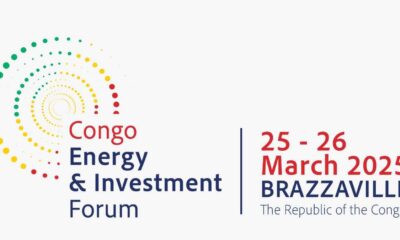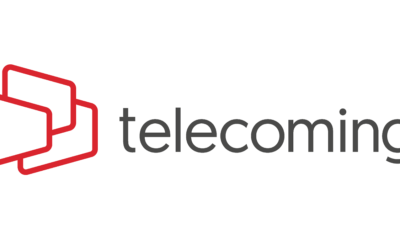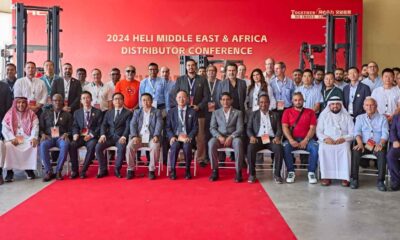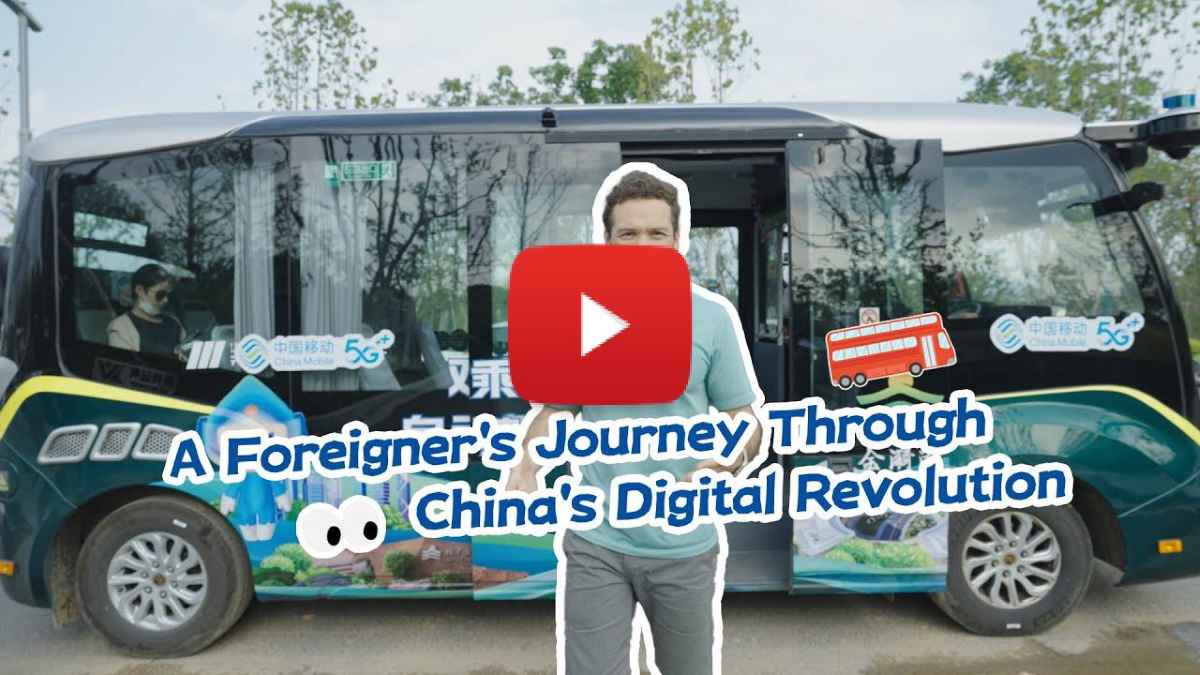Company Expands Regional Footprint, Hosts 40 Regional Partners at Exclusive Distributors’ Conference in Dubai
DUBAI, United Arab Emirates, November 22, 2024/APO Group/ —
HELI (www.HELIChina.net), China’s leading forklift manufacturer and a global player in the material handling industry, has unveiled three new forklift models at the opening of its UAE distributor Hala’s state-of-the-art showroom and workshop in Dubai Industrial City.
This launch marks another significant step in HELI’s ongoing expansion in the Middle East and Africa (MEA) region, as the company continues its drive to become the leading forklift brand across the region.
HELI’s mission, Lifting the Future, is driven by a vision to become a global leader, and a singular aim to be ranked among the world’s Top 5 forklift manufacturers. Founded in 1958, HELI has consistently delivered innovative, intelligent logistics solutions, establishing itself as a global first-class integrator of industrial vehicles and intelligent logistics systems. With a people-oriented approach and a commitment to repaying society through high-quality products, HELI’s brand proposition—Empower the World—reflects the company’s dedication to empowering industries worldwide.
Ranked among the top ten forklift manufacturers globally since 2006, HELI’s streamlined strategies in capital, industrial, and innovation chains have fueled rapid growth. Today, HELI’s products are sold in over 150 countries, and in the MEA region, the company has already secured the leading position in 15 African countries, with an expanding presence in the Middle East. With continued investment in new product launches and strategic partnerships, HELI is on track to achieve its ambitious goal of becoming the leading forklift brand across the region.
The new HELI G Series 2.0-ton lithium battery forklift, specifically engineered for the beverage industry, was also introduced at the event. Building on the proven reliability and advanced technology of HELI’s G Series, this model incorporates several innovative features tailored to the unique demands of beverage logistics. These include a flexible adjustable cab height for enhanced operator visibility and safety, an intelligent steering system that prevents sharp turns for smoother operations, and an active safety protection system that decelerates or brakes when personnel approach danger zones, reducing workplace risks. Designed with beverage industry needs in mind, it includes features like single/double pallet forks and a 360-degree vision optimization system for better maneuverability.
The G3 Series forklifts, available in 2-3.5 Ton and 5-10 Ton models, offer key shared advantages that enhance efficiency, safety, and performance. Both models are energy-efficient, with the 2-3.5 Ton version reducing consumption by 15% and the 5-10 Ton featuring a low-noise system. They incorporate advanced safety features, such as pedestrian detection, AI-powered collision warnings, and an optional reversing camera, ensuring a safer work environment. Designed for high performance and reliability, both models require minimal maintenance and are built to handle demanding industrial tasks. The 2-3.5 Ton version offers an enhanced load capacity up to 4.5 meters, while the 5-10 Ton excels in climbing performance. Additionally, ergonomic features like reduced steering effort and low-noise operation improve operator comfort and productivity.
With the increasing focus on electrification, we are providing customers with clean energy alternatives that align with global sustainability goals
Together, the G3 Series forklifts deliver a reliable, cost-effective solution for businesses seeking safety, efficiency, and durability in their material handling equipment.
“These new models reflect HELI’s commitment to addressing the growing demand for sustainable and efficient material handling solutions in the region. With the increasing focus on electrification, we are providing customers with clean energy alternatives that align with global sustainability goals and empowering our partners to achieve #1 status in their respective markets,” said Guan Lei, General Manager of HELI Middle East FZCO.
During the showroom opening, Mathew Abraham, Managing Director of Hala, HELI’s UAE distributor, emphasized the potential of the partnership, noting, “With HELI’s world-class technology and our deep understanding of the regional market, we are well-positioned to offer comprehensive solutions, ensuring the highest standards of after-sales support and sustainability.”
HELI’s growth in the region is underscored by its ongoing investment in infrastructure. The company is currently leasing between 6,000 and 8,000 square meters of space in the Middle East to expand its service capabilities and provide quicker, localized support. These efforts are aligned with HELI’s strategic goals and reinforce its position as a key player in the material handling and logistics sectors.
At a closed-door distributors conference held this week, 40 partners from across the region gathered to discuss HELI’s product innovations and regional growth strategies. The conference highlighted the company’s vision for the future and its strong partnerships with regional distributors. The theme of the conference, “Together We Thrive, Limits We Defy,” reflected the shared ambition to work harder with determination, pushing past boundaries and striving for excellence.
Recent industry data from the World Industrial Truck Statistics (WITS) shows HELI’s growing presence in the UAE, where it is now the second-largest forklift brand. This growth, coupled with a rising shift toward electrification, further positions HELI as a leader in the MEA region. The company’s success in Africa, where it holds the #1 position in 15 countries, demonstrates the strength of its offering and its ability to meet local market needs.
Chen Xianyou, Vice General Manager of Anhui HELI Co., Ltd, emphasized, “Our continued investment in the MEA region is a testament to our long-term vision. We are focused on achieving sustainable growth, backed by our strong after-sales service network, and building lasting relationships with our regional partners.”
With its leadership position in China for 33 consecutive years and a growing footprint in the Middle East and Africa, HELI is poised to become a globally recognized brand in the material handling industry.
Distributed by APO Group on behalf of HELI.


 Business5 days ago
Business5 days ago
 Business5 days ago
Business5 days ago
 Business5 days ago
Business5 days ago
 Business5 days ago
Business5 days ago
 Business3 days ago
Business3 days ago
 Business4 days ago
Business4 days ago
 Business4 days ago
Business4 days ago
 Business5 days ago
Business5 days ago












